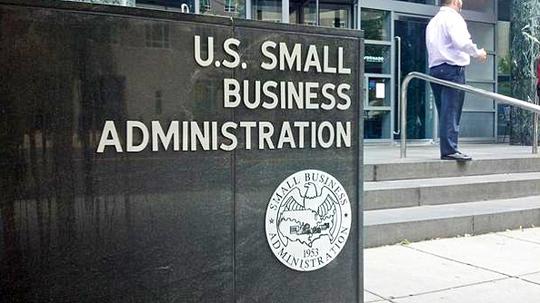
Many companies have been asking about the impact of a Paycheck Protection Program (PPP) Loan and the right to forgiveness in connection with corporate M&A transactions, such as a change of control, asset sale or other equity transaction.
On October 2, 2020, the SBA released an SBA Procedural Notice to establish the procedures that companies must follow to close a corporate M&A transaction when the seller has an outstanding PPP loan.
The SBA’s guidance removes the requirement for SBA approval for many “change of ownership” transactions and eliminates much of the uncertainty when structuring these transactions.
The SBA defines a “change of ownership” for purposes of this guidance generally as: (1) a sale or acquisition of at least 20 percent of the equity of a PPP borrower (including a publicly traded entity), whether in one or more transactions, including to an affiliate or an existing owner of the entity, or (2) a transfer of at least 50 per-cent of the PPP borrower’s assets (measured by fair market value), whether in one or more transactions, or (3) the merger of a PPP borrower into another entity.
For the purposes of determining a change of ownership, all sales or transfers occurring since the date of approval of the PPP loan are aggregated to determine the rele-vant threshold has been met.
The PPP borrower must notify its PPP lender prior to closing a change of ownership transaction. The PPP bor-rower will need (1) consent to such transaction from the PPP lender, and, (2) depending on the status of the loan and the deal structure, approval from the SBA as well.
If the change of ownership transaction does not qualify as one of the articulated categories below, it may take up to 60 calendar days for the SBA to review and provide an approval (or rejection) of the transaction.
SBA approval is not required when:
1. The PPP Note is fully satisfied, either through repayment or forgiveness prior to the closing;
2. The sale or other transfer amounts to 50% or less of the equity of the PPP borrower; or
3. The sale or other transfer is of more than 50% of equity or 50% or more of its assets (measured by fair mar-ket value), and the PPP borrower:
- Completes and submits a forgiveness application to the PPP Lender, and
- Establishes an interest-bearing escrow account controlled by the PPP Lender with funds equal to the outstanding balance of the PPP loan.
PROCESS AND CONDITIONS FOR PRIOR SBA APPROVAL
To obtain SBA’s prior approval of an equity transaction, the PPP lender must submit a request that includes significant information about the PPP borrower, the buyer and the change of ownership transaction. In addition to the potential for a 60 day review period, the SBA will also review economic necessity certifications and hold original borrowers liable, regardless of whether the change of ownership transaction was reviewed or approved.
ONGOING OBLIGATIONS AND PPP LENDER NOTICE REQUIREMENTS
Regardless of whether the change of ownership requires SBA approval, the PPP borrower remains responsible for PPP loan obligations and all previously made certifications. In addition, if the new owner(s) use PPP funds for unauthorized purposes, SBA will have recourse against the owner(s) for the unauthorized use. If the new owner has its own PPP loan, the PPP funds and expenses must be segregated and delineated.
CONCLUSION
To date, many PPP borrowers have expended their loan proceeds (or not). However, in our experience, the forgiveness applications have only recently been made available, and/or they can be cumbersome to complete, so the timeline for PPP borrowers to obtain loan forgiveness may be extending longer than expected. The 60 day timeline for SBA approval may also stretch beyond a PPP borrower’s expectations for completing a change of ownership transaction.
Accordingly, a common path for PPP borrowers engaged in a sell-side M&A process is to complete and submit a forgiveness application and set up an escrow upon the closing of the change of ownership transaction.
The escrow is generally structured to break when forgiveness is obtained, with any outstanding (unforgiven) PPP loan amount to be paid out of the escrow and then any remaining balance disbursed to the sellers or the buyer in accordance with the definitive transaction agreements.
ABOUT THE AUTHORS
ABOUT KING & SPALDING
Celebrating more than 130 years of service, King & Spalding is an international law firm that represents a broad array of clients, including half of the Fortune Global 100, with 1,200 lawyers in 22 offices in the United States, Europe, the Middle East and Asia. The firm has handled matters in over 160 countries on six continents and is consistently recognized for the results it obtains, uncompromising commitment to quality, and dedication to understanding the business and culture of its clients.